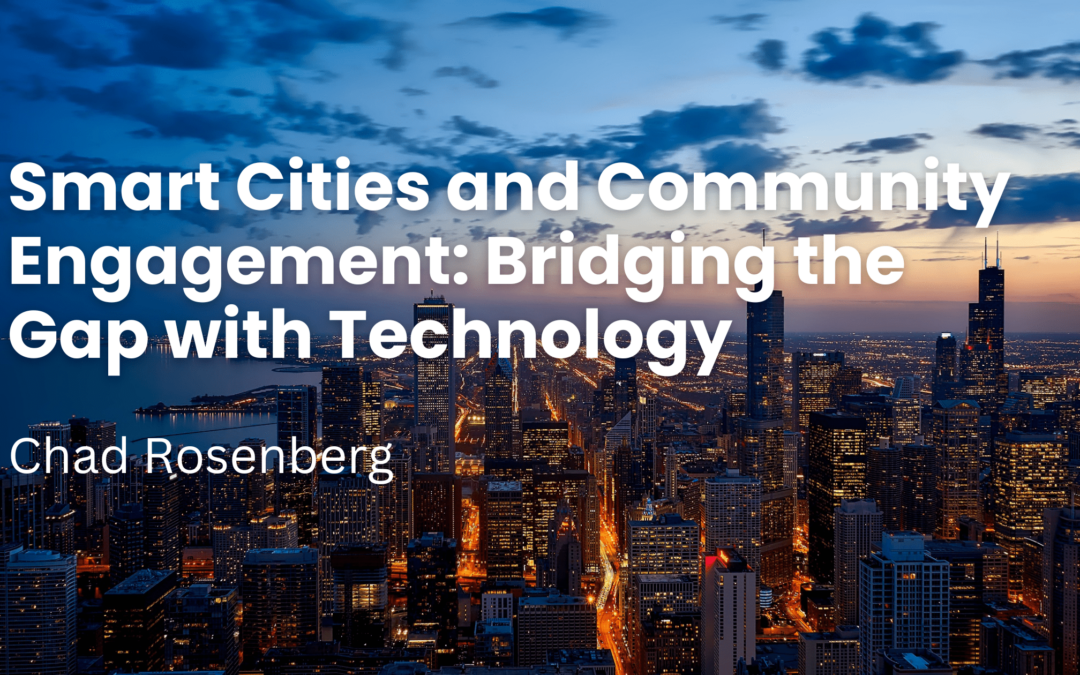As cities around the world continue to grow, the concept of “smart cities” has gained momentum. These urban areas utilize cutting-edge technology to enhance the quality of life for their residents, improve sustainability, and streamline services. However, a critical aspect of the smart city model is community engagement. Technology plays a pivotal role in bridging the gap between government initiatives and the people they serve, ensuring that citizens are not just recipients of services but active participants in shaping their urban environments.
- Empowering Citizens Through Digital Platforms
One of the most significant ways technology is fostering community engagement in smart cities is through digital platforms. City governments are increasingly using mobile apps, websites, and social media to keep residents informed about city services, local events, and public policies. These platforms allow residents to easily report issues, such as potholes or broken streetlights, and offer feedback on local programs. By simplifying the process of communicating with city officials, technology ensures that citizens’ voices are heard and considered in the decision-making process.
Additionally, these platforms create transparency, allowing citizens to track the progress of city projects and better understand how their tax dollars are being spent. This helps build trust between city governments and residents, fostering a more collaborative relationship.
- Participatory Governance and Decision-Making
Smart cities are also adopting participatory governance models, where technology facilitates public input in decision-making. Online surveys, town hall meetings, and digital voting systems enable residents to voice their opinions on key urban issues, from transportation planning to environmental sustainability. This type of engagement allows for a more inclusive decision-making process, ensuring that diverse perspectives are considered and leading to policies that better reflect the needs of the community.
For example, cities like Barcelona and Amsterdam have integrated digital tools that enable citizens to actively participate in budgeting processes, helping allocate funds to the areas that matter most to the community.
- Enhancing Inclusivity with Accessible Technology
A smart city’s success hinges on inclusivity. Technology can break down barriers to participation for marginalized or underrepresented groups. With user-friendly interfaces and accessible features such as language translation, text-to-speech, and data visualization, smart city platforms ensure that all citizens, regardless of age, income, or ability, can engage meaningfully.
Additionally, community-driven projects that rely on open data and crowdsourcing enable residents to take ownership of their neighborhoods. This could involve everything from designing green spaces to contributing to local environmental monitoring efforts.

